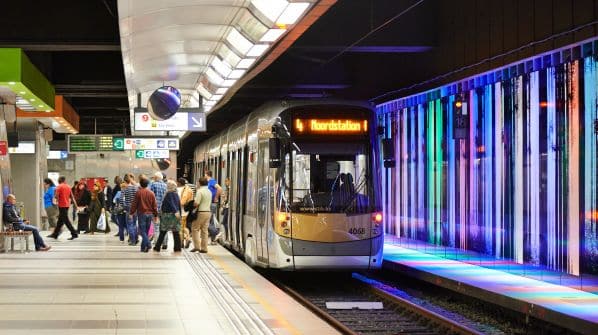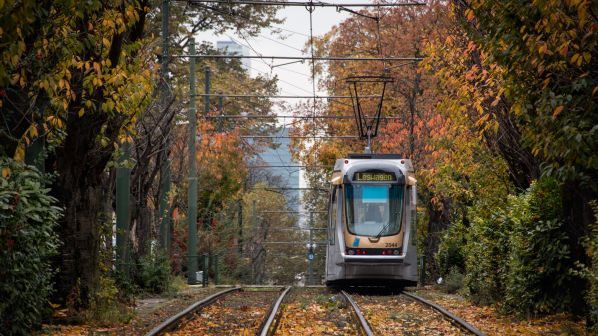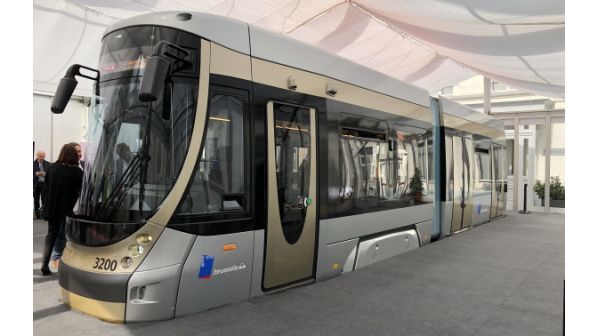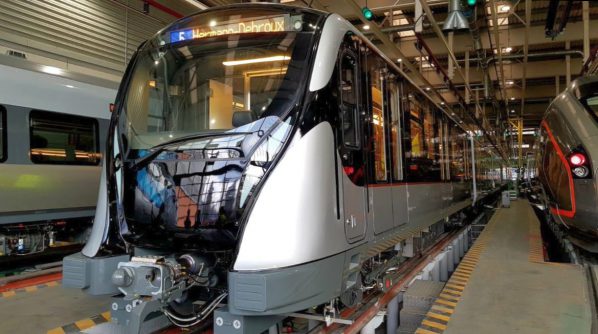THE long-standing project to convert the north-south pre-metro line from Nord to Albert in Brussels to a full metro has been given a boost by the European Investment Bank (EIB), which will lend the Brussels-Capital Region €475m over 25 years to finance it.
The underground pre-metro route used by LRVs to cross the centre of Brussels was opened in 1976. Rising traffic means that conversion to full metro operation is seen as vital to reducing congestion and pollution in the city centre.
Line 2 of the Brussels network was similarly converted and opened as a full metro in 1988, having been built as a pre-metro in stages between 1970 and 1986.
At present, conversion of the north-south line to a full metro is expected to be completed in 2032. However, cost overruns are fast approaching a 400% increase on the original 2009 budget of €900m, with the current estimate now standing at €4.4bn and rising.
In addition, the project was brought to a standstill in 2021, when work beneath the Palais du Midi threatened to cause this historic building to collapse.
Public transport operator Stib requested an additional €175m to remedy the situation, but the Brussels Capital region has instead proposed gutting the Palais du Midi before finishing the underground work and then rebuilding it, a quicker but more expensive alternative that would cost at least €400m.
There have been questions raised about the feasibility of both options, as the area is former marshland, which makes underground construction difficult. Moreover, the region’s proposal has been much criticised by the public, and is currently subject to a public inquiry.
“We know that there are many hurdles to overcome in the implementation of the works, but that does not stop us from providing this loan,” says EIB vice-president, Mr Kris Peeters.
“The metro is an essential means of transport in the capital of Europe,” says Stib CEO, Mr Brieuc de Meeûs.
“These investments are absolutely indispensable to the economy of Brussels, to the many people who live here and to the future of mobility in a densely-populated part of the city.”
For detailed data on metro projects around the world, subscribe to IRJ Pro.




